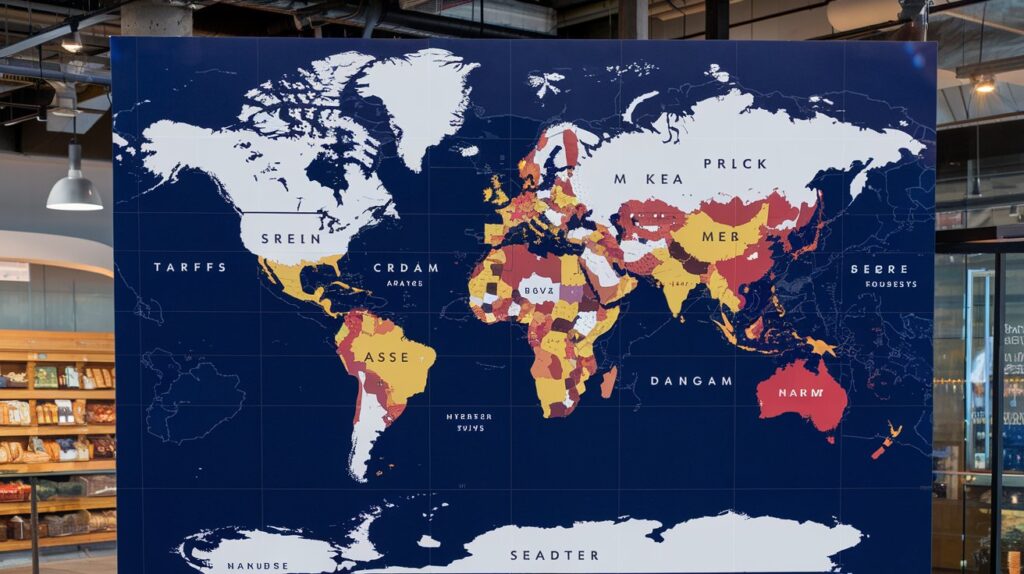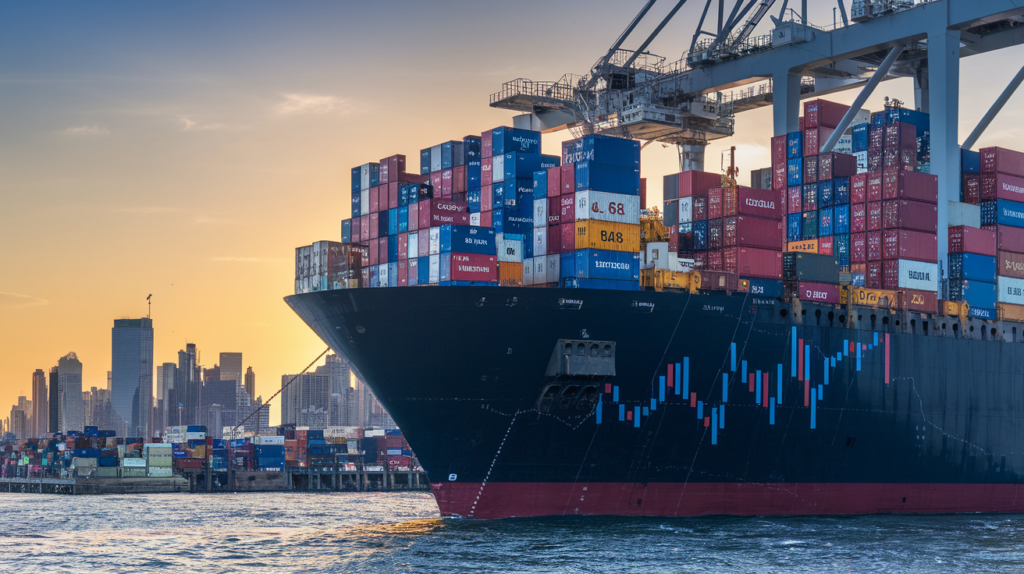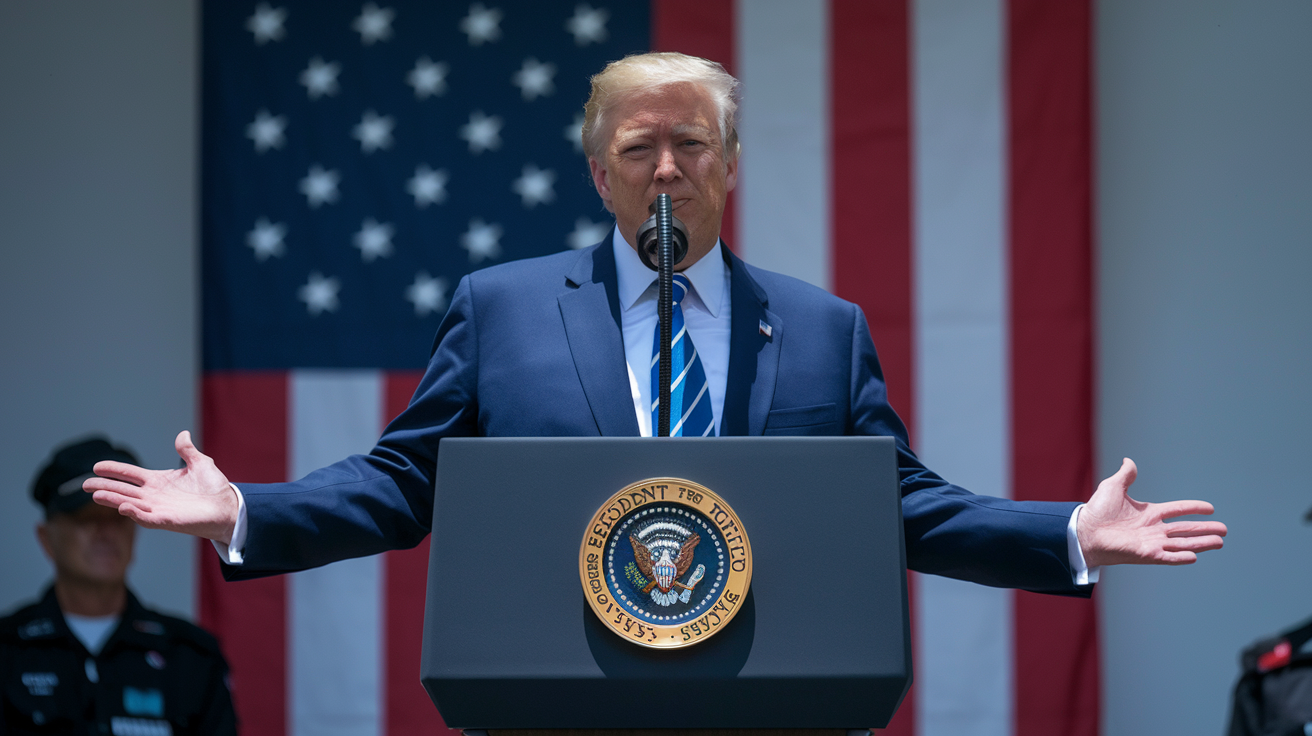Global Map Highlighting Countries Affected by Tariffs
In a bold move to reshape global trade, Trump Announces Upcoming Reciprocal Tariffs on Multiple Countries, aiming to create a fairer trading landscape for American businesses. President Donald Trump declared that the United States will soon impose reciprocal tariffs on nations that currently levy higher tariffs on U.S. goods. This strategy seeks to balance trade relationships and protect American industries from unfair foreign competition.
What Are Reciprocal Tariffs?
Reciprocal tariffs are designed to mirror the tariff rates that other countries impose on American exports. If a foreign nation imposes a 20% tariff on U.S. products, the U.S. will respond with an identical 20% tariff on goods imported from that country. According to President Trump, this approach will “level the playing field” and ensure American companies are not disadvantaged in international markets.
Countries Likely to Be Affected

While the full list of countries impacted by these new tariffs has not yet been disclosed, trade experts suggest that nations with significant trade surpluses with the U.S. are primary targets. Countries like China, Germany, and Japan, which have historically imposed higher tariffs on American goods, may face new duties under this policy.
Trump emphasized, “They charge us, we charge them. It’s the same thing, and I seem to be going in that line as opposed to a flat fee tariff.”
Economic Impact and Global Reactions
The announcement has sparked varied reactions from the international community and economic analysts. Supporters argue that reciprocal tariffs will encourage fair trade and reduce the U.S. trade deficit. However, critics warn of potential retaliatory measures from affected countries, which could lead to trade wars and increased costs for American consumers.

For instance, China has condemned the proposed tariffs and announced plans to file a legal complaint with the World Trade Organization. The Chinese Ministry of Commerce stated that they “will take corresponding countermeasures to firmly safeguard its rights and interests.”
Domestically, economists are divided. Some believe the tariffs will boost American manufacturing, while others caution about potential disruptions to global supply chains and higher prices for goods.
Historical Context and Recent Tariff Actions
This move is part of a broader strategy that the Trump administration has been pursuing. Recently, the U.S. imposed a 25% tariff on imports from Canada and Mexico, excluding Canadian energy products, which are subject to a 10% tariff. Additionally, Chinese goods now face a 10% import duty.
These measures aim to address various issues, including trade imbalances and national security concerns, particularly regarding the illegal trafficking of drugs like fentanyl into the U.S.
Conclusion: What This Means for the Future of U.S. Trade
As the administration prepares to roll out these reciprocal tariffs, businesses and consumers alike are watching closely. The effectiveness of this strategy in achieving fair trade practices and reducing the U.S. trade deficit remains to be seen. What is certain is that this bold move will reshape the landscape of international trade and could set a precedent for future economic policies. [USnewsSphere.com/ Politico]





